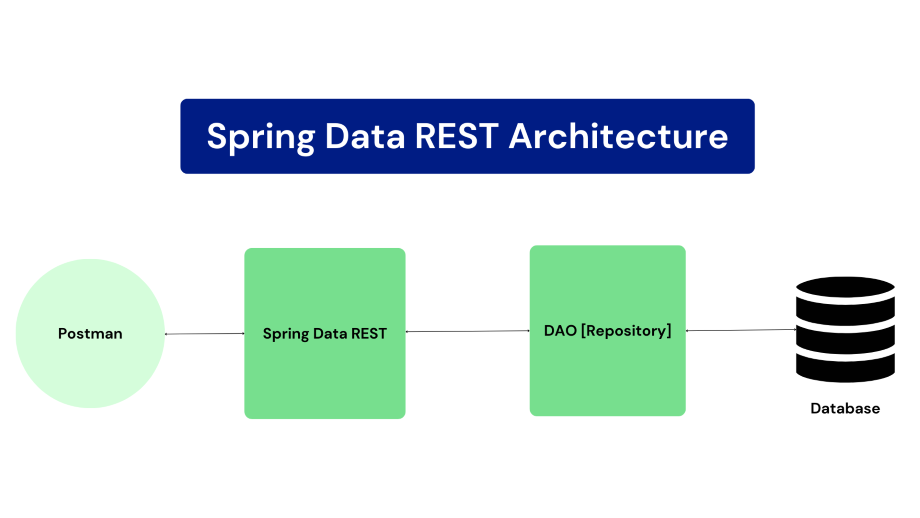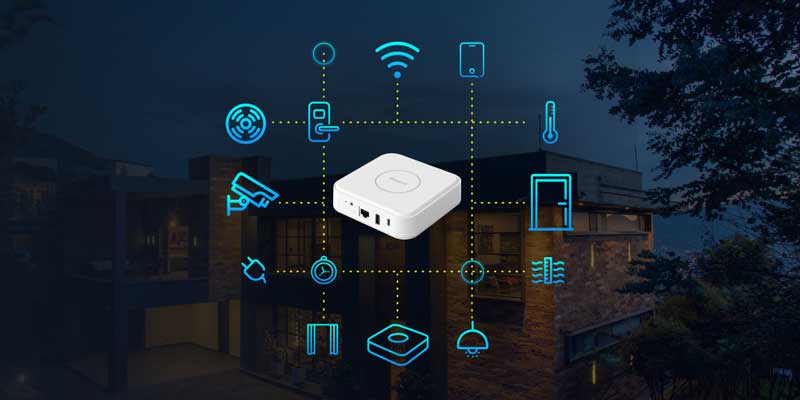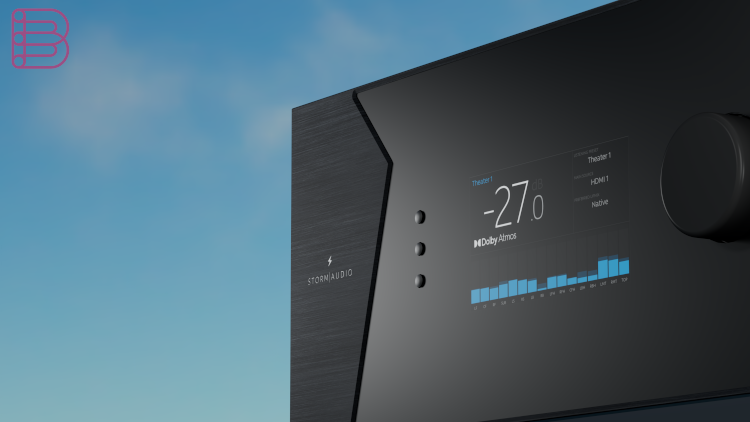In the ever-evolving landscape of smart home technology, Apple’s HomePod has carved out a unique position. Initially launched as a premium, high-fidelity smart speaker, it has since transformed into a cornerstone of the Apple ecosystem, blending exceptional audio quality with the intelligence of a central smart home hub. While the current lineup, featuring the second-generation HomePod and the popular HomePod mini, offers a robust experience, recent industry whispers and technological advancements point toward a significant evolution on the horizon. This isn’t just about a simple hardware refresh; it’s about Apple laying the groundwork for the next era of ambient computing, where our devices seamlessly integrate into our environment.
The speculation centers on a potential processor upgrade for future HomePod models, a move that could unlock unprecedented capabilities in artificial intelligence, spatial audio, and ecosystem synergy. A more powerful chip would elevate the HomePod from a reactive assistant to a proactive, context-aware core of the connected home. This article delves into the technical implications of such an upgrade, exploring how a next-generation HomePod could redefine our interaction with technology, enhance the smart home, and become an indispensable companion to flagship products like the Apple Vision Pro. We will analyze the potential hardware changes, their impact on the broader Apple ecosystem, and what this means for consumers and developers alike.
Section 1: The HomePod’s Journey and a Glimpse into its Future
To understand where the HomePod is going, it’s essential to appreciate its journey. Apple’s foray into the smart speaker market has been a tale of strategic pivots, learning from both successes and missteps, ultimately refining its vision for audio’s role in the connected home. This evolution provides critical context for the exciting developments that may lie ahead.
A Tale of Two HomePods: From Audiophile Niche to Mainstream Hub
The original HomePod, launched in 2018, was an audiophile’s dream. It packed seven tweeters, a high-excursion woofer, and an A8 chip (the same processor from the iPhone 6) to power its advanced computational audio. However, its premium price point and Siri’s early limitations compared to competitors kept it a niche product. Recognizing the market’s demand for accessibility, Apple discontinued it and shifted focus to the much more successful HomePod mini news in 2020. The Mini, with its compact size, affordable price, and surprisingly robust sound, became the Trojan horse for Apple’s smart home ambitions. It also introduced key technologies like the U1 Ultra Wideband chip for seamless Handoff and Thread networking for a more reliable smart home. In 2023, Apple brought back the full-sized HomePod (2nd generation), featuring the S7 chip, improved audio architecture, and integrated sensors for temperature and humidity, solidifying its dual strategy: an accessible entry point with the Mini and a premium audio experience with the larger model.
Whispers of a Hardware Refresh: Why a New Chip Matters
The latest round of HomePod news revolves around the potential for a significant internal upgrade. Current models use S-series chips, which are essentially custom System-in-Package (SiP) designs derived from older A-series processor cores, similar to those found in the Apple Watch. While efficient, the real breakthrough would be the integration of a more modern, powerful processor—perhaps a newer S-series chip or even a custom A-series chip akin to what powers the latest iPhones. This isn’t just about making music play faster; it’s a foundational upgrade. A more powerful processor, complete with an advanced Neural Engine, is the key to unlocking the next generation of Siri news. It would enable faster, more reliable on-device processing for voice commands, reducing latency and enhancing privacy by keeping more data from ever leaving the home. This shift is crucial for Apple’s commitment to Apple privacy news and would allow Siri to handle more complex, conversational, and context-aware requests without relying on the cloud.
Section 2: A Technical Deep Dive: Unpacking the Potential Upgrades
A potential processor upgrade in a future HomePod is more than just a spec bump; it represents a paradigm shift in capability. By examining the potential components and their functions, we can better understand the profound impact this would have on performance, intelligence, and integration within the broader landscape of Apple ecosystem news.

The Processing Power Paradigm: S-Series vs. A-Series Implications
The leap from the current S7 chip to a hypothetical future processor, say an “S10” or a custom A-series variant, would be substantial. The S7 in the current HomePod is based on the A13 Bionic’s efficiency cores. A next-gen chip could feature more powerful performance cores and, most importantly, a significantly more capable Neural Engine. The Neural Engine is Apple’s dedicated hardware for machine learning and AI tasks. A 16-core Neural Engine in a modern A-series chip can perform trillions of operations per second, dwarfing the capabilities of older designs. For the HomePod, this translates directly to a smarter Siri. It could enable features like on-device natural language processing, proactive suggestions based on household routines, and far more accurate multi-user voice differentiation. This move aligns with the broader trend seen in recent iOS updates news, where more and more AI-driven features are processed locally to enhance both speed and iOS security news.
Beyond the CPU: UWB, Wi-Fi, and Sensory Enhancements
The central processor is only part of the story. A next-generation HomePod would likely feature upgraded connectivity and sensor technology. An evolution of the Ultra Wideband (UWB) chip from the U1 to the U2 (found in the latest iPhones and Apple Watches) would bring more precise spatial awareness. This could dramatically improve Handoff, allowing you to transfer music or a phone call to the HomePod with greater accuracy and from a greater distance. This enhanced location-sensing technology could also create a more robust mesh network with devices like AirTags, bolstering the “Find My” network and improving general AirTag news. Furthermore, an upgrade to Wi-Fi 6E or Wi-Fi 7 would provide higher bandwidth and lower latency, crucial for streaming high-resolution lossless audio and ensuring rock-solid performance as a home hub for dozens of connected devices. This is particularly important for its role as a Thread border router, which bridges the low-power Matter accessory network to your main Wi-Fi network.
The Future of Audio: Computational and Spatially Aware
Apple has always excelled at computational audio, using processing power to shape sound in real-time. A more powerful chip would take this to another level. It could enable more sophisticated room-sensing technology, allowing the HomePod to analyze its environment with greater precision and adjust its audio output dynamically for optimal clarity and immersion. This is where the synergy with other products becomes truly exciting. The processing power could be used to create deeply integrated audio experiences with the Apple Vision Pro. Imagine watching a movie or playing a game through the headset, with the HomePod generating high-fidelity spatial audio that is perfectly synced and anchored to the virtual objects in your room. This level of integration would make the HomePod an essential part of future Apple AR news, transforming it from a speaker into an environmental audio engine.
Section 3: The Ecosystem Play: HomePod as the Ambient Computing Core
The true significance of a more powerful HomePod lies not in the device itself, but in its role as the central nervous system for Apple’s entire ecosystem. It is poised to become the quiet, always-on conductor of the smart home, bridging the physical and digital worlds and enhancing the experience of every other Apple device you own.
The Smart Home Conductor: Unifying HomeKit and Matter
With the rise of the Matter smart home standard, the need for a reliable, powerful, and secure hub has never been greater. An upgraded HomePod would be perfectly positioned to be the ultimate Matter controller and Thread border router. Its enhanced processing power could manage a vast network of smart lights, locks, thermostats, and sensors with near-instantaneous response times.
Real-World Scenario: Imagine a home with 50+ Matter-enabled devices. When you say, “Siri, good night,” a complex automation is triggered: the lights dim in a specific sequence, the thermostat adjusts, the doors lock, and the security system arms. A more powerful HomePod could execute this entire sequence locally, without a round trip to the cloud, making it faster, more reliable, and completely functional even if your internet connection goes down. This robust local processing is a key differentiator in the smart home market and a core tenet of Apple’s strategy.
Synergy with Apple Vision Pro and Immersive Experiences

The most forward-looking implication is the HomePod’s potential partnership with spatial computing. The Apple Vision Pro news has focused on its visual prowess, but immersive audio is just as critical. A next-gen HomePod could serve as a powerful external spatial audio system for the Vision Pro. Using its beamforming microphones and advanced processing, it could map the room’s acoustics and work in concert with the Vision Pro’s own audio system to create a truly enveloping soundscape.
This opens up incredible possibilities for developers. A game could have an enemy’s footsteps sound like they are coming from the actual corner of your room. A collaborative design app, perhaps controlled with an Apple Pencil Vision Pro or a speculative Vision Pro wand, could have audio cues that emanate from virtual objects placed around you. This makes the HomePod not just a speaker, but a critical piece of Vision Pro accessories news, essential for unlocking the full potential of spatial computing.
Unifying the Apple Portfolio: From iPhone to Apple TV
A smarter HomePod enhances every other Apple product. It improves the home theater experience when paired with an Apple TV 4K, offering a richer alternative to a traditional soundbar. It makes interactions seamless, whether you’re handing off a podcast from the latest device featured in iPhone news or asking Siri to find your Apple Watch. The evolution from the single-purpose devices of the past, like the beloved devices from the era of iPod Classic news or iPod Nano news, to a multi-functional hub like the HomePod highlights Apple’s strategic shift. It’s no longer about individual gadgets but about a cohesive network of devices, and a more intelligent HomePod sits right at the center of that network, making everything else work better together.
Section 4: Practical Implications and Recommendations for Users
With the prospect of new technology on the horizon, current and potential users face a common question: what does this mean for me right now? Understanding the practical implications can help you make informed decisions about purchasing and maximizing your smart home setup.
Should You Wait for an Upgrade?

For those deeply invested in the Apple ecosystem and eager for cutting-edge features, particularly in smart home automation and future integration with the Vision Pro, waiting for a potential refresh could be a wise move. The performance leap in Siri responsiveness and local processing could be a game-changer. However, for users who primarily want a high-quality speaker for music, podcasts, and basic smart home control, the current second-generation HomePod and HomePod mini are exceptionally capable and reliable devices. They already provide a fantastic audio experience and serve as excellent HomeKit hubs. The decision hinges on whether you are future-proofing for the next wave of ambient computing or satisfying a present need for great sound and smart control.
Best Practices for Maximizing Your Current HomePod
If you already own a HomePod or HomePod mini, there are several ways to ensure you’re getting the most out of it:
- Stereo Pairing: If you have two of the same model HomePod, create a stereo pair for a much more immersive and room-filling soundstage. This is especially effective for music and as the primary audio output for an Apple TV.
- Embrace Automations: Use the Home app on your iPhone or iPad to create powerful automations. For example, set a “Leaving Home” scene that turns off all lights, locks the door, and adjusts the thermostat automatically.
- Enable Personal Requests: Turn on Personal Requests to allow Siri to access your messages, calendar, and reminders. This transforms the HomePod into a truly personal assistant for everyone in the household, with voice recognition distinguishing between users.
- Stay Updated: Ensure your HomePod’s software is always up to date. Major features and performance improvements are often delivered through software updates, which are closely tied to the main iOS updates news cycle.
Conclusion: The Sound of an Intelligent Future
The conversation around the future of the HomePod transcends a simple hardware update. It signals a deeper strategic imperative for Apple: to make its ecosystem more intelligent, integrated, and seamlessly woven into the fabric of our daily lives. A more powerful, processor-rich HomePod is not just a better speaker; it’s the foundation for a more responsive Siri, a more robust smart home, and the key to unlocking truly immersive audio experiences that will complement the next generation of computing platforms like the Apple Vision Pro.
While the current HomePod lineup already delivers a premium experience, the potential on the horizon points to a device that will serve as the ambient, intelligent core of the connected Apple experience. For consumers, this means a future where technology becomes less about direct interaction and more about a responsive, helpful presence. The next HomePod may look familiar on the outside, but its internal evolution could be the quiet revolution that solidifies Apple’s vision for the future of the smart home and beyond.











